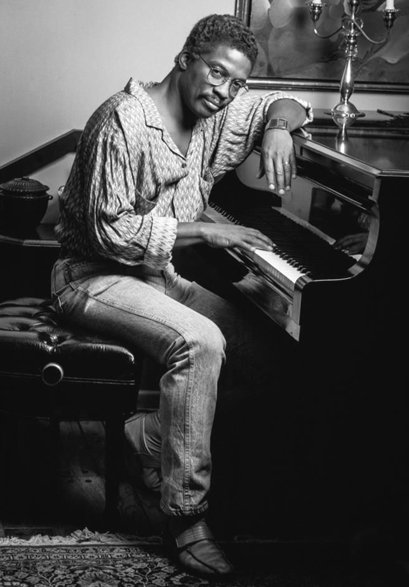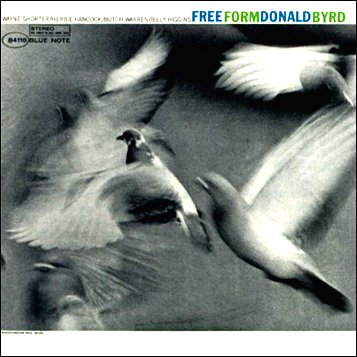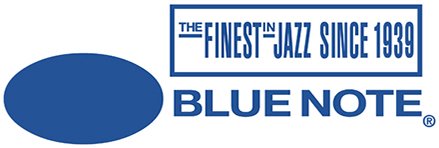Jazz-funk/rhythm and blues: “Love’s So Far Away”
Larry Mizell (vocals), Allen Curtis Barnes (saxophone, flute, oboe), Roger Glenn (saxophone, flute), Donald Byrd (trumpet, flugelhorn, electric trumpet, vocals), Fonce Mizell (trumpet, vocals), Dean Parks, David T. Walker and Barney Perry (electric guitar), Freddie Perren (piano, synthesizer, vocals), Joe Sample (piano, electric piano), Kevin Toney (piano), Chuck Rainey, Wilton Felder and Joe Hill (electric bass), Harvey Mason, Sr. and Keith Killgo (drums), King Errisson (congas, bongos), and Bobbye Hall Porter, Perk Jacobs and Stephanie Spruill (percussion). From the album Black Byrd (1973) by Donald Byrd.
In 1960 three albums went on the market with a concert at the Half Note Cafe club in which Donald Byrd is back playing with Pepper Adams, and then Byrd in Flight (1960) again with him, plus alto saxophonist Jackie McLean and tenor saxophonist Hank Mobley as guest musicians; here Byrd writes two new themes. Also in 1960 he published Stardust, repeating with McLean and Adams, for the Bethlehem High Fidelity label, and Fuego for Blue Note, back with McLean and all the tracks composed by Byrd.

In 1961 he recorded The Cat Walk with the quintet with Adams and two more original themes, and Royal Flush, in which apart from Adams participates a young 21 year old pianist named Herbie Hancock who would have an essential role in jazz history from then on. Byrd had helped him since he arrived in New York, this was the first Blue Note Records album in which he appeared, even providing a tune, and in 1963 he joined the legendary Miles Davis’s Second Great Quintet. The most interesting point is that the group tries to push the boundaries of hard bop in three of Byrd’s themes with changing rhythms and complex harmonies. Byrd and Adams play spectacularly alternating between shocking and peaceful solos, but Hancock’s interpretation is equally consistent.

In 1961 Byrd also recorded Chant with Adams and Hancock, but didn’t see the light until 1979; and Out of This World (1961) is the last album of Byrd and Adams’ quintet: with its rough tone, Adams cuts through Byrd’s elegant phrases and between the two perform a modern and passionate work. In 1962 Byrd launched Free Form with the prominent tenor saxophonist Wayne Shorter and Hancock again, who attracts more attention and composes another theme, with innovative content consisting of a range of modern jazz styles in which Byrd shows his interest in diversity and a refined and daring approach. In 1963 he participated in My Point of View, Hancock’s second album as a leader, and in 1964 in One Flight Up and in 1965 in Ladybird by Dexter Gordon.


music
musicforlife
jazz
classical-music
curie
hivesicians
hivemusic
soundmusic
dailymusic
beatzchain
0
0
0.000
0 comments

